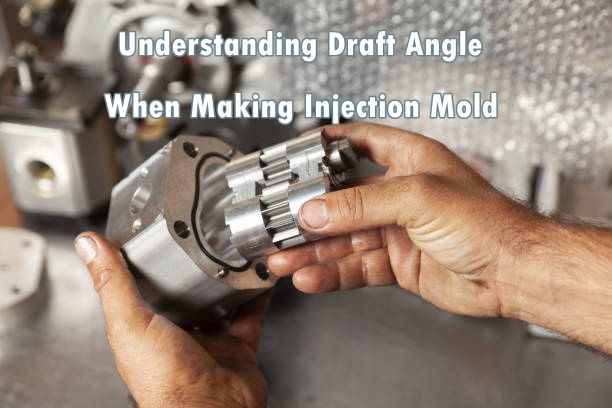Our Location
304 North Cardinal St.
Dorchester Center, MA 02124

Injection molding is a manufacturing process used to produce parts in large quantities by injecting molten material into a mold. It is one of the most common and important manufacturing processes across countless industries.
Now, advanced rapid injection molding techniques are revolutionizing the capabilities of this vital production method.
Conventional injection molding relies on metal molds that are complex and expensive to fabricate. Lead times of weeks or months for mold design and CNC machining make the process unsuitable for prototyping and low volume production. Changing a product design requires creating a completely new mold tool.
Rapid injection molding aims to transform injection molding flexibility and economics using advanced technologies like:
Rapid injection molding provides manufacturers with:
Rapid injection molding enables agile, flexible, on-demand manufacturing not possible with conventional techniques. As the technologies continue advancing, rapid injection molding will become a critical tool for mass customization and competitiveness across many manufacturing sectors.
A draft angle, also known as a taper angle, is a slight angle designed into the vertical surfaces of a mold. This angle allows for easy removal of the finished part from the mold. Without a draft angle, the part may become stuck in the mold, resulting in damage to both the part and the mold.
The draft angle is important because it helps to reduce the friction between the part and the mold. When the part is injected into the mold, it shrinks as it cools. If there is no draft angle, the part may become locked into the mold, making it difficult to remove. The draft angle also helps to prevent damage to the part during the ejection process.
When plastic solidifies in the mold, it shrinks onto the core and cavity surfaces. Without draft angle, the part would stick to the mold surfaces after cooling. Draft angles ease part ejection by providing the shrinking plastic a release path from the mold cores and cavities.
The draft angle is measured in degrees and is typically between 1 and 3 degrees, depending on the size and complexity of the part being produced. The angle should be consistent throughout the mold and should be designed to allow for easy ejection of the part from the mold.
Typical draft angle values are: